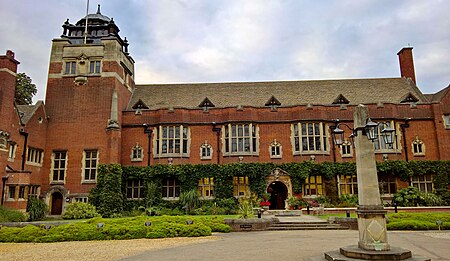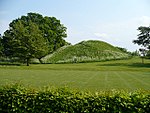Westminster College, Cambridge
Bible colleges, seminaries and theological colleges in EnglandBuildings by Henry HareInstitutions of the Cambridge Theological FederationPresbyterianism in EnglandReformed church seminaries and theological colleges

Westminster College in Cambridge, England is a theological college of the United Reformed Church. Its principal purpose is training for the ordination of ministers, but is also used more widely for training within the denomination.
Excerpt from the Wikipedia article Westminster College, Cambridge (License: CC BY-SA 3.0, Authors, Images).Westminster College, Cambridge
Madingley Road, Cambridge Eddington
Geographical coordinates (GPS) Address Website External links Nearby Places Show on map
Geographical coordinates (GPS)
| Latitude | Longitude |
|---|---|
| N 52.210366 ° | E 0.111933 ° |
Address
Westminster College
Madingley Road
CB3 0AA Cambridge, Eddington
England, United Kingdom
Open on Google Maps









